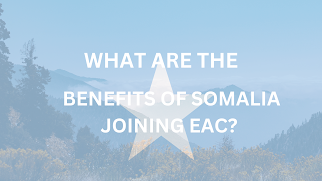WHAT ARE THE MAIN COMPONENTS OF THE BLUE ECONOMY?

The blue economy, as defined by the World Bank, is the "sustainable use of ocean resources for economic growth, improved livelihoods, and jobs while preserving the health of the ocean ecosystem." According to the European Commission, it includes "all economic activity involving oceans, seas, and coastlines. The sustainable use of ocean resources for economic development, bettering human conditions, and safeguarding marine ecosystems is known as the "blue economy." It includes a diverse variety of economic fields and pursuits that are either directly or indirectly associated with the seas, oceans, and coastal regions. The idea of the "blue economy" emphasizes how the ocean may provide chances for sustainable development, innovation, and business. The blue economy idea acknowledges the connections between social progress, environmental sustainability, and economic growth. To strike a balance between economic growth and the preservation and sustain

.png)


.png)
